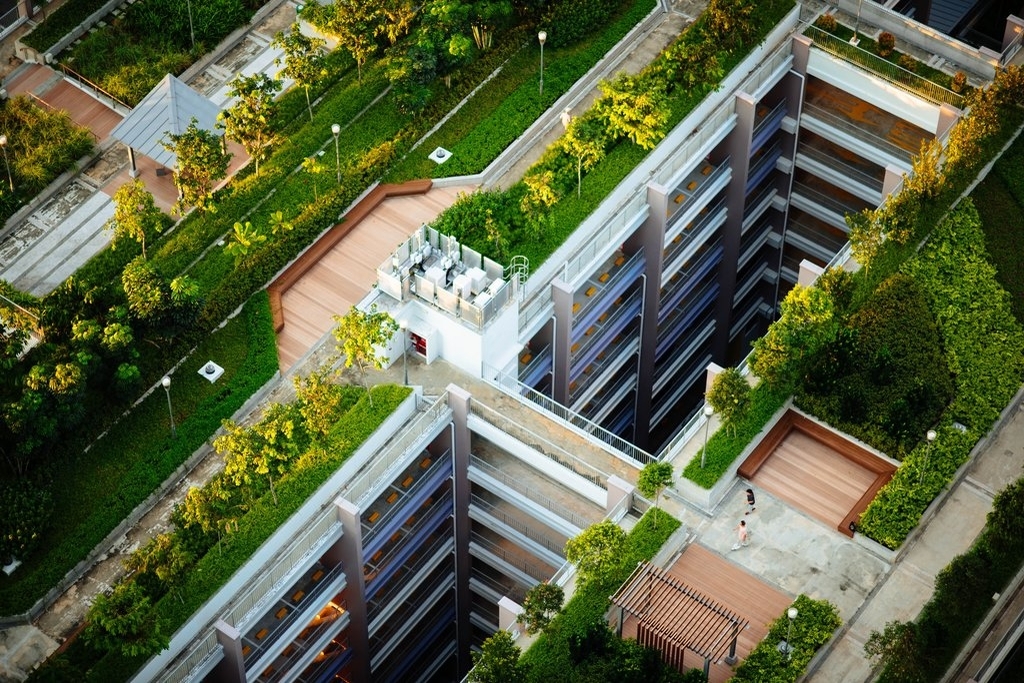The smart Trick of City Blooming That Nobody is Talking About
Fascinated in growing food for sale in the City of Chicago? Below is a list of often asked questions regarding the guidelines and regulations that cultivators must consider when preparing an urban agriculture project.
The zoning modification does not modify any kind of other codes handling composting, structure permits, purchasing or leasing City possessed property, service licenses or environmental contamination. There are existing codes that manage these issues and they stay in full effect and may apply to your job. Neighborhood yards are typically had or handled by public entities, public companies or community-based organizations and kept by volunteers.
Urban farms expand food that is intended to be marketed, either on a not-for-profit or for-profit basis. Due to their industrial function, city ranches call for a company license.
10 Easy Facts About City Blooming Explained
The quantity of compost product can not surpass 25 cubic lawns at any offered time according to the requirements in 7-28-715 of the City's Municipal Code. Because the dirt at most new yard sites requires changing, garden compost, soil, timber chips, or various other products can be gotten to build or enhance the expanding area.

If a structure authorization is called for after that the hoophouse will certainly be thought about an accessory building. You can learn even more regarding the structure authorization demands by calling the Department of Buildings. The 25,000-square-foot dimension limit is planned to stop a single community garden from controling a provided block or interfering with the block's existing domestic or commercial character.
The limitation does not use to yards situated in Public Open Area (POS) districts. Can there be more than one neighborhood garden that is 25,000 square feet on a solitary block? Fencing is not needed, however, gardens that have large auto parking areas may be needed to mount fencing or other landscape design features.
Little Known Facts About City Blooming.
B1 & B2 districts call for that all commercial usage activities be performed inside. Is fence required for urban ranches? Fences might be required, along with landscape design and screening, for certain car park areas and exterior work or storage locations depending on location and the specific activity taking place.
Yes. Urban ranches find need building permits and zoning approvals before building and construction. Other forms of city testimonial might be required depending on certain frameworks, tasks, size, landscape design, licensing, public health and stormwater administration concerns. A number of these requirements are identified in the task style or permitting procedure, nonetheless, the applicant may be responsible to individually recognize particular licenses or allows that may be called for.
The Department of Service Matters and Customer Defense can aid identify the specific type of business license that's called for. Off road vehicle parking is needed for most commercial jobs in Chicago. The needed number of parking areas is based on the number of workers functioning on website and not the square video of the expanding room.
What Does City Blooming Do?

Yes. A city ranch can sell compost material produced on website, however, the operation should adhere to the policies in 7-28-715 of the Chicago Municipal Code. Yes. Aquaponic systems are enabled inside your home on city ranches in many zoning districts. However, a zoning testimonial and structure license is needed in order to set up frameworks or systems and a business license is called for as described above.
Up to 5 hives or colonies of honey may be maintained as an accessory usage. Beekeepers should sign up with the Illinois Division of Agriculture. To learn more concerning the suggested zoning modification you might get in touch with the Department of Housing and Economic Growth, Bureau of Planning and Zoning at 312.744.8563.
, which takes location in rural areas at the side of residential areas.
City Blooming Things To Know Before You Get This
It can entail an activity of organic cultivators, "foodies" and "locavores", who seek to create socials media started on a shared principles of nature and community holism. These networks can create by way of formal institutional assistance, ending up being integrated right into regional town as a "transition community" movement for sustainable urban growth.
In either situation, the much more straight accessibility to fresh vegetable, fruit, and meat items that might be understood with metropolitan agriculture can boost food protection and food security while reducing food miles, causing reduced greenhouse gas exhausts, therefore contributing to climate change mitigation. Some of the initial evidence of city farming comes from Mesopotamia.
Comments on “How City Blooming can Save You Time, Stress, and Money.”